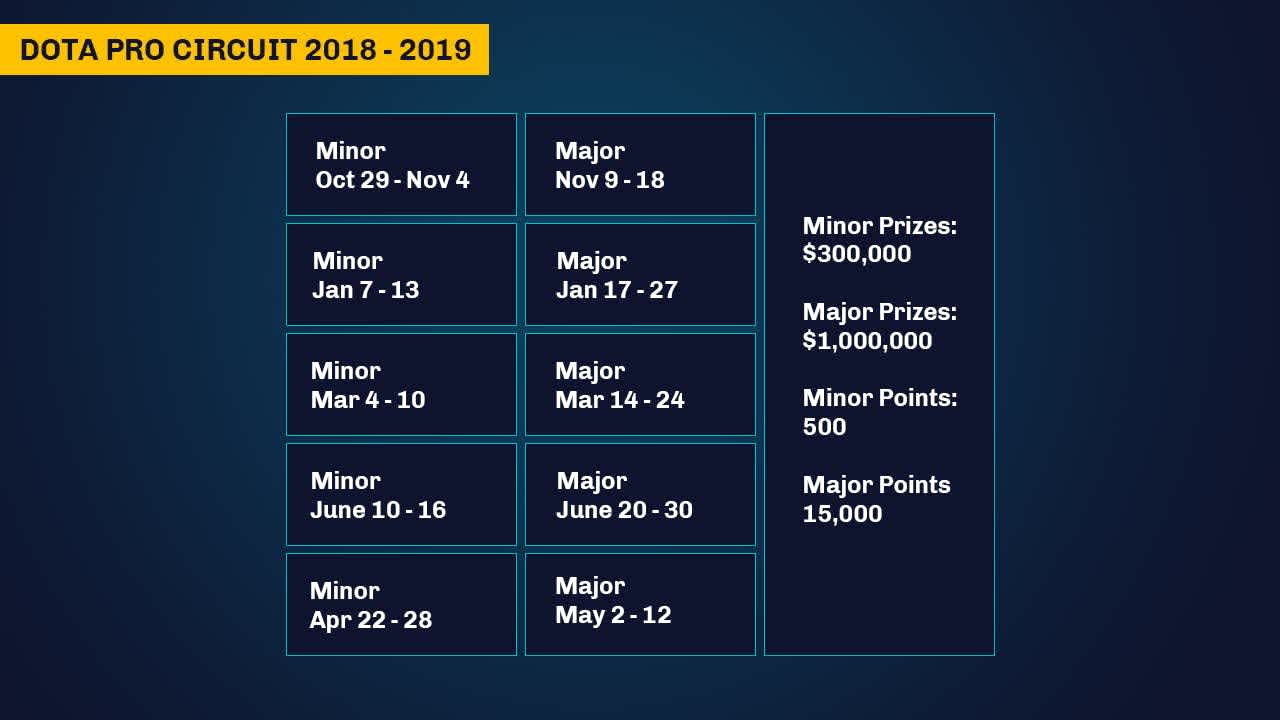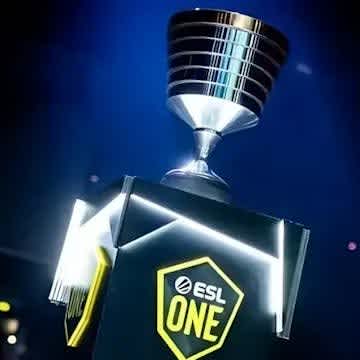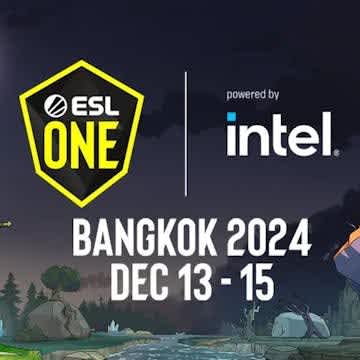How Does The Dota Pro Circuit Work?
How Does the Dota Pro Circuit Work?
The conclusion of another International marks the beginning of a new season of Dota. Over the past several years, Valve has made various efforts to stabilize the competitive scene and provide transparency. The details of the 2018-2019 Dota Pro Circuit season have been (mostly) released - but how exactly does this latest system work?
A Direct Path to The International
The DPC provides a clear direct path to The International 9. Teams compete in Valve sanctioned tournaments to earn qualifying points. The teams with the most qualifying points earn direct invites to TI9, with the remaining spots at TI determined by regional qualifiers. While this system is similar to last year, there are a few key differences. This year, twelve teams will earn TI invites, with only six teams joining from regional qualifiers (one per region). In the past season, eight teams qualified. The qualifier spots were announced late in the season by Valve, with an uneven NA favored distribution that received heavy criticism. This new system relies heavily on DPC tournaments to decide which regions deserve more slots, and should discourage teams from switching regions just to get one with more qualifying spots.

The Dota Pro Circuit Minors and Majors - The Invites are Out!
The 2018-2019 DPC will still have majors and minors, but they have been drastically changed. In response to the disorganized qualifier schedule from the past season, every DPC tournament has pre-defined qualifier times. There are also significantly less DPC events this year. Last season saw a total of thirteen minors and nine majors. This season will have five minors and five majors. The tournament frequency isn’t the only big change that was announced for the upcoming year. There will be no direct invites to any DPC events. Each and every team will have to qualify online to make it to the LAN event. Each DPC Major event will have sixteen teams with qualifier slot distribution determined by Valve (with a minimum of two slots to each region). Additionally, any team that qualifies to a Major is not eligible to compete in the corresponding Minor - every Major is preceded by a Minor. The team that wins the Minor will earn themselves a spot at the imminent Major. Last, but certainly not least, Majors are now worth 15,000 points while Minors are only worth 500 points. Points do scale with the prize pool, so a DPC event with more money at stake with also have more points for grabs. The team that wins the Minor and then plays in the Major can only earn points from one of the two tournaments (they will keep whichever point total is higher).

The New DPC Season Has Players Losing Points While Team Owners Rejoice
For the first time in Dota history, the power doesn’t lie entirely with the players. Any DPC points earned by a team stay with that team. If a player moves to a new team, they bring nothing with them. The rules do not have any additional information - so the case of a three up to five man organizational change is unclear currently. Teams can qualify with a substitute with no penalties, however competing in a LAN with a sub will incur a 40% loss of points. The same roster lock rules apply. Teams must be locked in by the set roster deadline (with the first being September 15th), and breaking that lock in the season leading up to TI would cause them to lose an invite to TI9.
The first Major will be in Kuala Lumpar from November 9-18th and is being run by PGL. You can view the entire DPC schedule here as it is updated. Last year’s schedule is here if you want to see the comparison! Any additional questions about how the Dota Pro Circuit works or thoughts on the changes?





